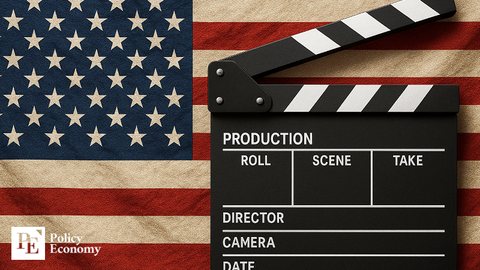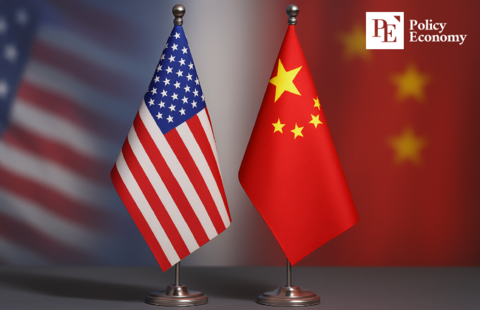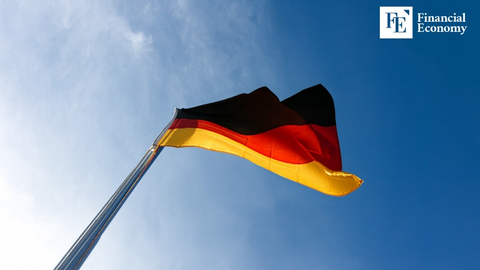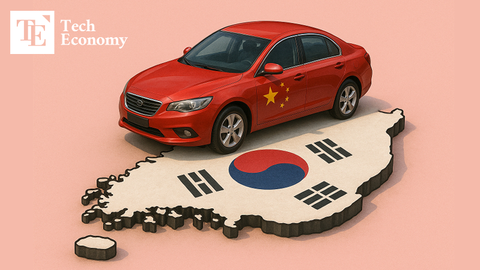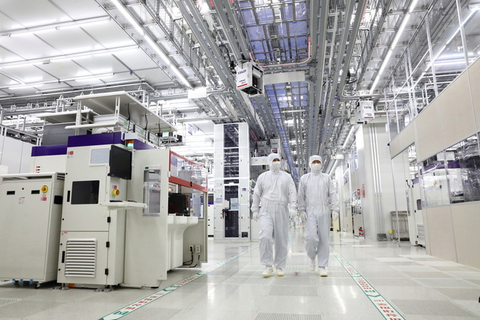Trump Declares Conciliatory Message: "Tariffs on China Could Be Lowered," as U.S.-China Trade Talks Enter Initial Phase
Input
Modified
Trump Urges Negotiations: “Tariffs on China Will Be Significantly Reduced” Secretary Bessent: “U.S.-China Tariffs Are Unsustainable, Will Deescalate the Situation” White House Hints at Progress: Trade Talks to Proceed at ‘Trump Speed’
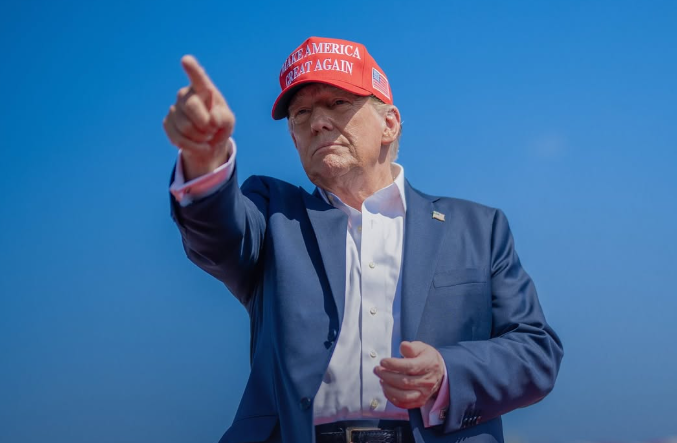
U.S. President Donald Trump has begun efforts to pave the way for negotiations in the trade dispute with China. As he signals a conciliatory stance by suggesting that the high tariffs imposed on Chinese products may be lowered, attention is now focused on whether this move could break the deadlock and open a path toward renewed U.S.-China trade talks.
U.S. President Donald Trump suggested that steep tariffs imposed on Chinese goods could be significantly lowered through upcoming negotiations, signaling a potential thaw in the tense U.S.-China trade relationship. Speaking at a press briefing following the swearing-in of SEC Chairman Paul Atkins, Trump said, “We are getting along well with China,” and repeatedly emphasized that the current 145% tariff rate on Chinese imports would “not stay that high.”
Dual Messaging: Firm Rhetoric, Diplomatic Overtures
While Trump's comments maintained a tough exterior, analysts view the statement as a strategic double signal—projecting strength while leaving the door open for a negotiated resolution. "We will be very kind in negotiations," Trump said, before clarifying that although tariffs would drop substantially if an agreement is reached, they would not go down to zero. He also stated that in the absence of a deal, the U.S. would "set the terms."
Treasury Secretary Scott Bessent echoed the President’s sentiments at an investor conference, describing current U.S.-China trade tensions as unsustainable. “We are essentially embargoing each other,” Bessent said, adding that easing tensions would allow “the world and the markets to exhale.” White House spokesperson Caroline Leavitt confirmed that President Trump is preparing the stage for a new deal with China and said progress is moving “in the right direction.”
Trade experts interpret the administration's recent rhetoric as a prelude to formal negotiations. If talks begin, observers expect a starting point near the 54% tariff rate first imposed when Trump announced his “reciprocal tariff” initiative. Some analysts speculate that a bilateral summit between Trump and Chinese President Xi Jinping could be scheduled for June, coinciding with both leaders' birthdays—a symbolic move toward détente.
Japan Braces for Currency Intervention Accusations
Meanwhile, Japan is preparing to defend itself against potential U.S. allegations of currency manipulation. According to Nikkei Asia, Finance Minister Katsunobu Kato expressed willingness to discuss yen valuation with Treasury Secretary Bessent amid growing concern over U.S. pressure on Japan to strengthen the yen or raise interest rates.
Trump has long accused Japan of artificially weakening its currency to boost exports. On April 20, he posted on social media denouncing Japan’s value-added tax and export subsidies, listing currency manipulation among eight “non-tariff unfair practices.”
While currency issues weren’t officially discussed in a recent meeting between Japan’s economic minister and Secretary Bessent, market analysts warn that Trump may demand concessions in unrelated areas like monetary policy as part of broader trade talks aimed at reducing the U.S.-Japan trade deficit.

Malaysia Walks Diplomatic Tightrope Amid U.S.-China Tensions
Southeast Asian nations are also finding themselves in a difficult balancing act amid great-power rivalry. Malaysian Trade Minister Tengku Zafrul Abdul Aziz is leading a high-level delegation to Washington, where he plans to stress Malaysia’s “neutral facilitator” role in global supply chains. However, the U.S. is expected to pressure Malaysia to reduce economic dependence on China—a sensitive proposition.
Earlier this month, Trump imposed a 24% reciprocal tariff on most Malaysian imports, citing “unfair exploitation” of the U.S. economy. Minister Zafrul is expected to emphasize Malaysia’s value as a stable link between Asia and the U.S., but geopolitical experts warn that maintaining equal ties with both superpowers is becoming increasingly untenable.
Asrul Hadi Abdullah Sani, a political analyst, noted that ASEAN nations are facing a “dilemma where neither choice—U.S. or China—is ideal.” China has already issued a sharp warning against any ASEAN nation that enters into agreements clearly aimed at excluding China, vowing “decisive and reciprocal retaliation.”
Malaysia’s foreign policy now sits at a critical juncture. While Washington demands alignment, Beijing remains wary of regional coalitions siding with the U.S. This is particularly important given U.S. concerns about Chinese supply chains entering the American market via Malaysia, Vietnam, and Thailand.
As the 2+2 trade dialogue between the U.S. and Malaysia unfolds this week, all eyes are on how Malaysia navigates the escalating rivalry. Its success—or failure—in balancing relations with both economic giants may well serve as a litmus test for the broader diplomatic strategies of mid-sized nations caught in the crossfire of great-power competition.

